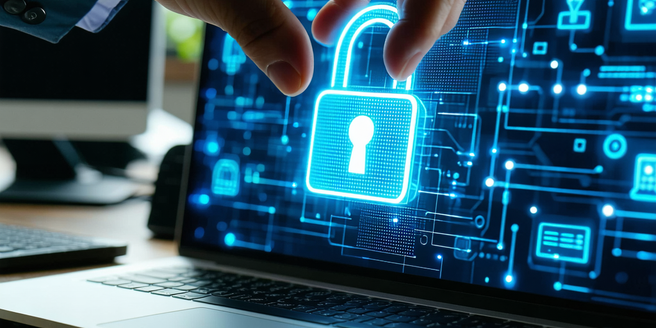Securing Multimedia Devices In Offices

Understanding the Importance of Multimedia Device Security
In today’s interconnected office environments, multimedia device security is crucial. These devices often serve as gateways to sensitive organizational data and communication networks. Understanding their importance means recognizing the potential risk they pose if left unsecured. Without proper security measures, multimedia devices can become entry points for unauthorized access, leading to data breaches or network compromises. It is essential for organizations to implement robust security protocols to ensure data integrity and confidentiality. Employees should be educated about security practices and the potential threats associated with these devices. By prioritizing multimedia device security, businesses can safeguard their information assets and maintain the trust of their clients and partners. Effective security involves both proactive measures and a reactive approach to manage potential incidents.
Common Threats to Office Multimedia Systems
Office multimedia systems face various threats that can compromise corporate security. Common threats include unauthorized access, where intruders exploit vulnerabilities to gain control of devices. Malware infections can originate from downloaded media files, which compromise system integrity. Phishing attacks also pose a risk, as employees might be lured into revealing sensitive information through fake platforms. Another significant threat is the interception of communications, which can occur if systems are not encrypted. These threats underline the need for a comprehensive security strategy that anticipates and mitigates potential risks. By conducting regular security audits and staying informed about the latest threats, organizations can better protect their multimedia systems. Ultimately, awareness and proactive measures are key to maintaining robust security for office multimedia devices.
Strategies for Implementing Secure Device Protocols
Implementing secure device protocols for multimedia systems in offices involves several strategic actions. First, organizations should establish comprehensive security policies that define access controls and usage guidelines. Regularly updating software and firmware is vital to protect against vulnerabilities. Another strategy is the encryption of data communications to prevent unauthorized interception. Additionally, using strong authentication mechanisms, such as multi-factor authentication, enhances security. It’s also important to monitor device activity for unusual patterns that may indicate a breach. Providing employees with training on security best practices ensures everyone is equipped to protect the system. By integrating these strategies, organizations can establish a strong security posture that safeguards their multimedia devices against potential threats. An ongoing commitment to security is essential in adapting to evolving risks and maintaining protection over time.
Integrating Advanced Technologies for Enhanced Protection
Integration of advanced technologies is critical for enhancing the protection of multimedia devices in offices. One key technology is the implementation of AI-based security systems that can detect and respond to threats in real-time. AI systems can analyze patterns and identify anomalies more effectively than traditional methods. Additionally, utilizing blockchain technology can enhance the integrity of data transactions, providing an immutable record of device interactions. Another technology to consider is the deployment of biometric authentication for secure access control. These advanced solutions not only improve security but also streamline operational efficiencies. Organizations should evaluate the latest innovations in security technology and invest in solutions that best fit their specific needs. By embracing advanced technologies, companies can bolster their defenses and stay ahead of potential threats to their multimedia systems.
Best Practices for Ongoing Security Maintenance and Training
Ongoing security maintenance and training are vital components in sustaining multimedia device protection. Routine checks and audits of the security infrastructure ensure that all systems are functioning as intended and any vulnerabilities are quickly addressed. Organizations should establish a schedule for regular updates to software and security measures. Furthermore, creating a culture of security awareness through continuous training programs helps employees recognize and respond to potential threats. Scenario-based training exercises can be useful in preparing staff for real-world security challenges. It is also important to institute clear reporting procedures for suspected security incidents. By fostering an environment of vigilance and learning, businesses can maintain robust security practices. These best practices not only preserve the security of multimedia devices but also contribute to the overall safety of the organizational network.